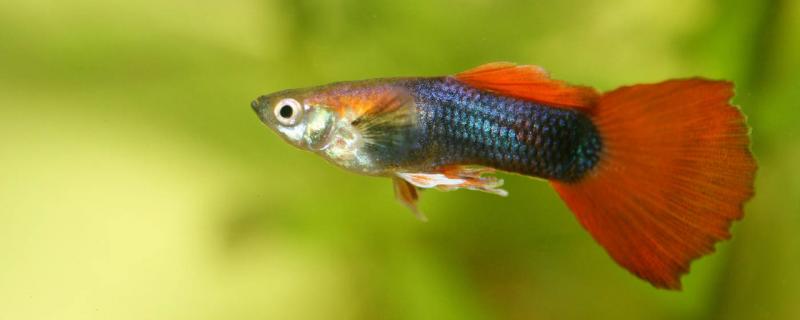 1. Breeding method of newborn anchovies
1. Breeding method of newborn anchovies 1. Temperature: Because the living environment of anchovies is tropical climate, the body requires high water temperature. Generally, the water temperature is above 20 ℃, and the water temperature is controlled at about 24 ℃. The highest temperature of anchovies should not exceed 38 ℃, and the lowest temperature should not be lower than 8 ℃. If the temperature is too high, fish damage will occur. If the temperature is too low, it will cause the death of anchovies.
2. Feed: Anchovies are omnivorous fish, and there are many things to eat. When feeding, you can feed some insects with high nutrition and rich protein, such as red nematodes and water fleas. Earthworms are the best feed for anchovies. When feeding earthworms, they should be cut into small pieces before feeding.
3. Divided tanks: When culturing, large and small anchovies should be cultured separately. Large anchovies will not take care of young fish. Small fish can't eat bait when cultured together, and big fish sometimes eat their own young fish. After waiting for the small fish for 2-3 months, they can be cultured in a tank.
2. How to feed newborn anchoviesWhen anchovies are very small, the amount of feeding should be less each time, but the number of feeding should be more, 5-6 times a day. If it is in winter, you can feed it 4-5 times a day. When feeding, pay attention to observation. If you have already fed, but few fish swim to eat, it means that the fish are full, and you should stop feeding at this time. If you feed insects, you need to disinfect them before feeding to prevent anchovies from being infected with diseases.